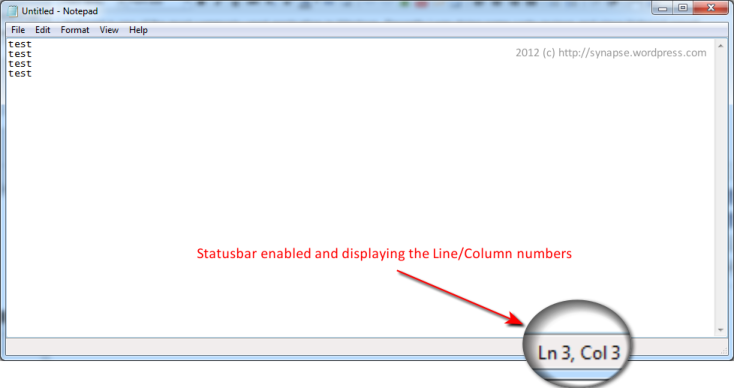 Lately I have ditched Firefox completely to adopt Google Chrome. The reason? Speed! Firefox crawls even on a fairly modern system when a javascript/flash filled page is loaded. I am not saying Google Chrome is perfect but it it light as hell and the fastest browser on the planet as of now. Yes, it is faster than Opera.
Lately I have ditched Firefox completely to adopt Google Chrome. The reason? Speed! Firefox crawls even on a fairly modern system when a javascript/flash filled page is loaded. I am not saying Google Chrome is perfect but it it light as hell and the fastest browser on the planet as of now. Yes, it is faster than Opera.
The only reason why I completely switched to Chrome so late is because of poor Linux support and lack of extensions. All that has changed now and things are really beginning to heat up! The Linux and Mac versions are out of beta. What better time than now to write and article about my favorite Chrome extensions.
5. Adblock – Goto Adblock page
Adblock is a very nice extension to have. It is one of the most popular extensions for Firefox and is now available for Google Chrome. Block those pesky ads with support for whitelists, blacklists and filter lists. Another cool feature albeit in beta is the the ability to block ads in Youtube. I hate those pesky youtube ads. This extension runs in an unobtrusive manner so installing this extension is a no brainer.
4. StumbleUpon – Go to StumbleUpon page
StumbleUpon is known by almost every webjunkie out there. Find great webpages just by clicking the “Stumble!” button. StumbleUpon needs no introduction. If websurfing is your passion, then Stumble Upon should be in your arsenal.
3. Feedly – Goto Feedly page
Feedly organizes your favorite sources in a magazine-like start page. A very innovative way to read your RSS feeds in Google Reader. It feels like you have a fresh, well laid out magazine laid out in front of you each day. Trust me, once you read your feeds using Feedly, you will never go back.
2. ScribeFire – Goto ScribeFire page
ScribeFire is a full fledged blog poster/editor with support for the mainstream blog sites like blogger, wordpress etc. Installation and setup is a breeze and is fairly easy to get up and running. Give it a shot if you don’t want to install additional software on your machine or just want a quick and convenient way to post to your blog.
1. Chromed Bird (twitter) – Goto ChromedBird page
No top list is going to have twitter missing J This has got to be one of the nicest twitter clients out there. Just authorize the extension to access your twitter account and you are all set. Tweet, reply, retweet, direct reply all from a nice and easy to use interface. It’s not the best client out there but it is an extension and for that it does all you need.
Other honorable mentions –
Downloads, Facebook for Google Chrome, FlashBlock, LastPass









 I am not particularly fond of blogging from the default WordPress editor. It’s just a little slow for my taste (especially when the post is long) and also I hate firing up a browser window just to post a new article.
I am not particularly fond of blogging from the default WordPress editor. It’s just a little slow for my taste (especially when the post is long) and also I hate firing up a browser window just to post a new article.












